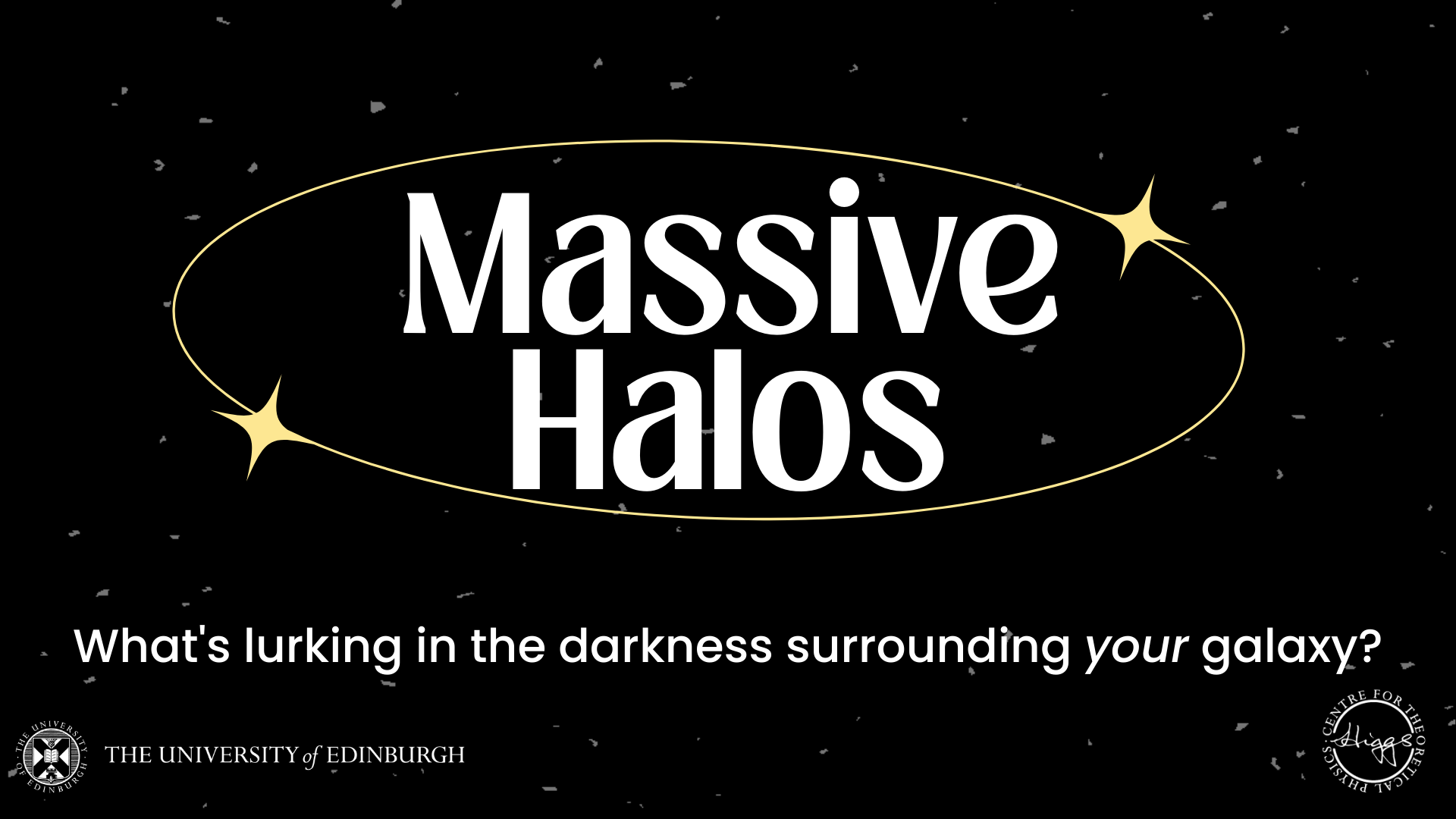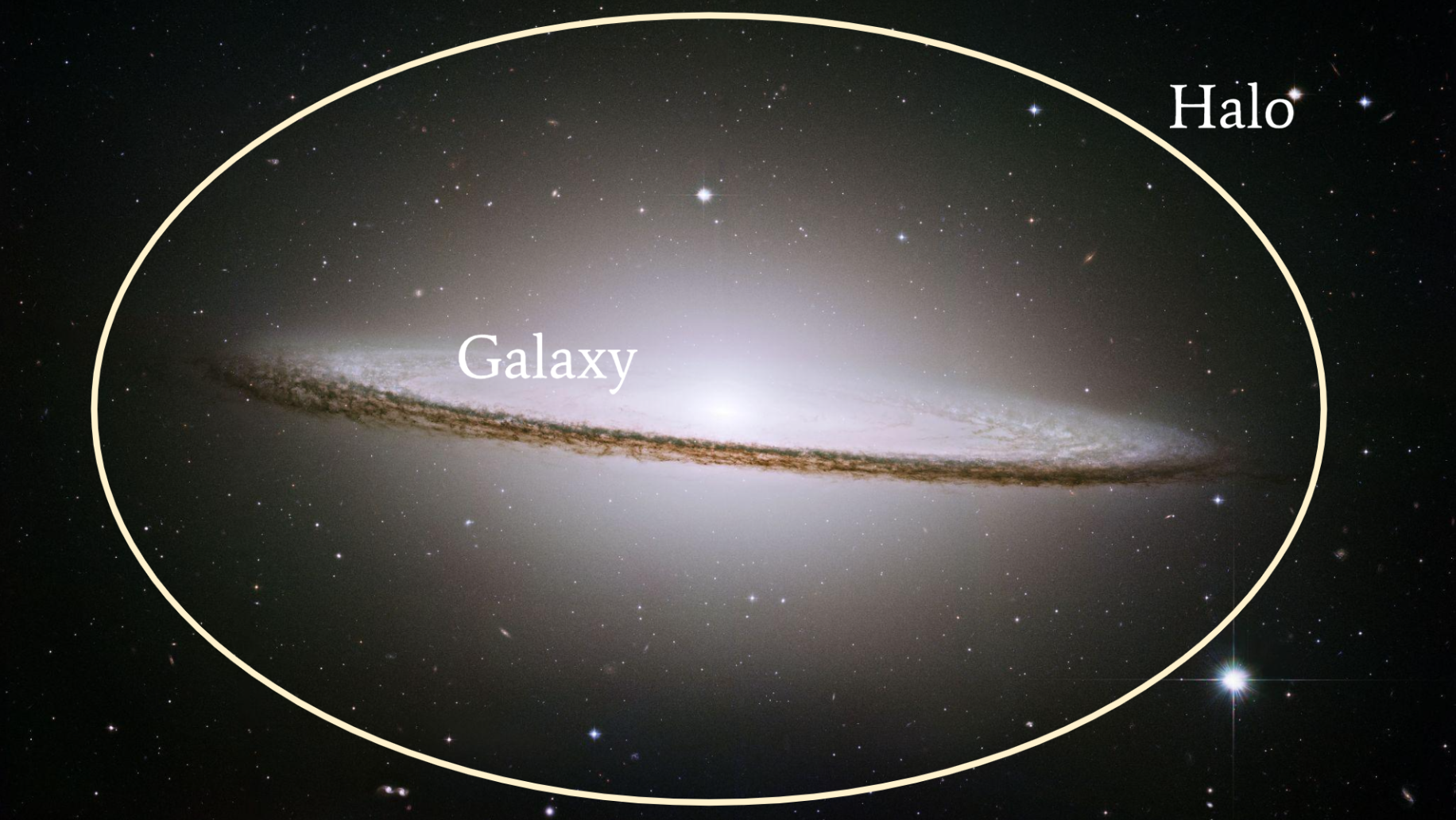Massive Halos

When you read “massive halo” a giant, angelic headpiece may come to mind, but in astronomy it means something else. When scientists say something is massive they are not usually talking about the size of it, rather that there is some sort of stuff or “mass” present. The “halo” describes the shape that this stuff clumps into, usually in enormous orbs (or “halos”) that engulf entire galaxies. But what exactly is in a halo? It is mostly made up of thinly scattered stars, gasses, dust, and dark matter. Understanding what halos are, why they form, and how they affect their galaxies will have a great impact on understanding galaxy evolution. Think about how the nutrients and composition of sea water affect what plants and animals can thrive there, the environment surrounding a galaxy impacts the galaxy itself. If a halo is dense enough, it can increase the rate that stars are forming in the galaxy which may change the color and brightness of that galaxy!


Find us on social media:
TwitterFacebookYouTube